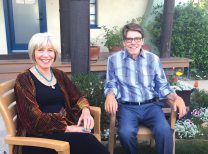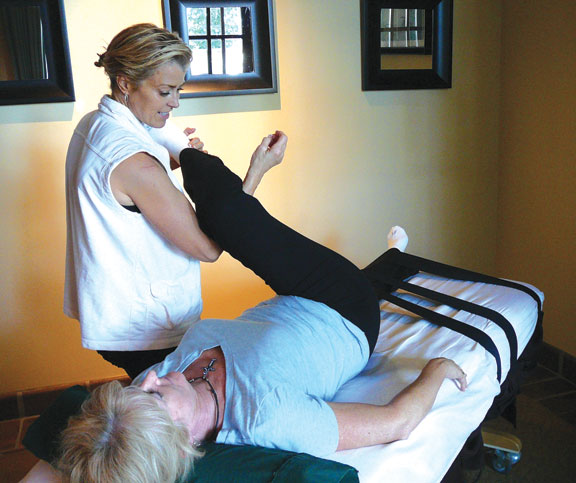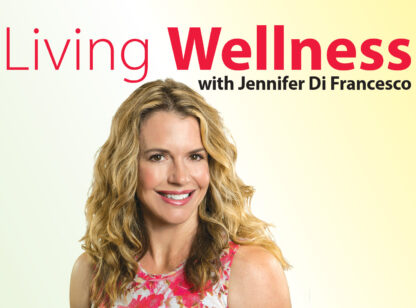Often we use the word “balance” to describe the illusive horizon of a happy, healthy life. When our priorities are out of order, or we are feeling drained of energy, we think, “I need more balance,” or “My life is out of balance.” I propose that balance may not be what we are truly seeking. The word balance implies a static achievement of a perfect ratio of all the demands we juggle. The problem is, that as soon as we achieve balance, life throws another curve ball, and we are wobbling trying to again find balance.
We talk about achieving homeostasis, or a state of balance, in the body. Many systems drive towards maintaining a very specific balance to support health. The concept of homeostasis implies remaining stable by staying the same. But in attaining not only health, but also peace of mind and management of stress, there is another method our body employs to succeed.
The word “allostasis” means “stability through change.” Allostasis is a dynamic response where stability is maintained through constant adaptation. An easy analogy is the difference between a palm tree and a willow tree. When winds are strong a palm tree is more likely to be toppled, but a willow will bend and flow with the windstorm. Adaptation and resilience align closely with integrative wellness; in fact, I often define wellness as the state of having the most responses available to adapt to challenges. By consistently prioritizing and expanding the resources we need to build health, we become more adaptable. Or, put another way, if we have many tools in our toolbox of how to respond to stressors, we are able to adjust and accommodate faster and more easily.
Wherever we are is exactly where we are capable of being. In other words, our current reality is exactly what we have been able to create in our lives. If we were capable of anything else, we would be experiencing a different reality. The only way to experience a different outcome is to be, or to become, a different person. This work of adaptation is the constant challenge of human life. Personal growth takes a commitment to getting out of our comfort zone and placing new structures or patterns in place.
The structures we set up in our lives will determine our results. If we wish to become stronger for instance, we must set up challenges that cause us to build strength – that could look like hiring a trainer, making a commitment to an exercise buddy, or enrolling in a class. Or if we want to eat less grain in our diet, we may need to buy a grain-free cookbook and make dinner from it for a period of time while we learn a new habit. Setting up a structure that supports your goal is the critical step in making your commitment a reality.
As we look at the close of a momentous year and evaluate what we want in the next, what structure could you build to increase your adaptability?
Dr. Brossfield is the medical director at the Eisenhower Wellness Institute and can be reached at (760) 610.7360.














































Comments (0)